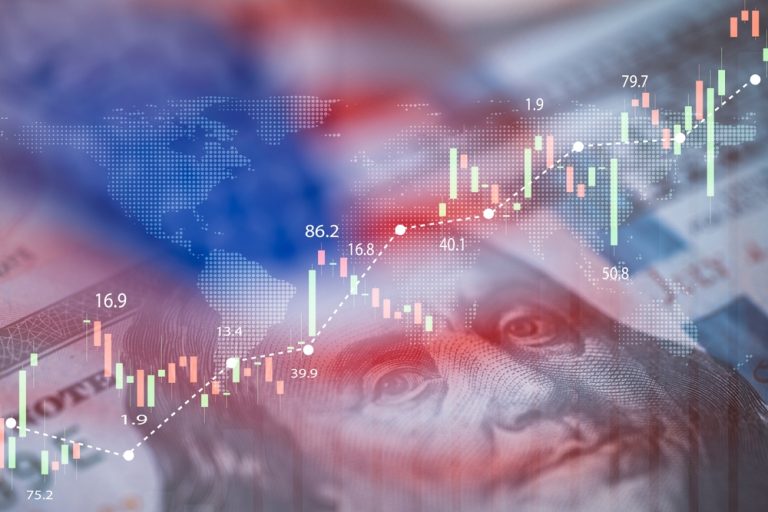ISM index rises to 50.8 in June, signaling fragile growth
Activity in the U.S. services sector picked up modestly in June as new orders rebounded, according to data released Thursday by the Institute for Supply Management (ISM). The nonmanufacturing PMI rose to 50.8 from 49.9 in May, slightly above economists’ expectations of 50.5. A reading above 50 indicates growth in the sector, which makes up more than two-thirds of the U.S. economy.
The rise in activity suggests resilience in services demand despite continued macroeconomic uncertainty. However, the employment component of the index fell again, marking the third contraction in hiring this year. This signals persistent caution among businesses amid the evolving policy environment and ongoing inflation concerns.
Hiring freeze reflects uncertainty, not labor shortage
The ISM survey noted that companies are scrutinizing new hires more carefully and are hesitant to fill roles unless strictly necessary. Still, many businesses continue to hold on to workers, having struggled to staff up in the aftermath of the COVID-19 pandemic. This labor hoarding has kept the broader job market relatively stable and helped the economy avoid a recession.
“There’s definitely a slowdown in hiring, but not a wave of layoffs,” one ISM respondent commented. “We’re just not expanding like we used to.”
Inflation pressures persist as tariff impact looms
The ISM’s prices-paid index eased slightly to 67.5 in June from 68.7 in May, though it remains elevated. That marks the second straight month above 67 and underscores the inflationary backdrop businesses continue to navigate. Economists expect a renewed surge in inflation during the summer, as U.S. companies start passing on the costs of recently imposed import tariffs.
For now, inflation has been muted by existing inventory that was stocked prior to the tariff hikes. Analysts say fierce competition and tepid consumer demand may limit the extent to which companies can raise prices.
Rate cuts expected in September amid stagflation concerns
Federal Reserve Chair Jerome Powell reaffirmed this week that the central bank will “wait and learn more” before deciding on future rate moves, particularly as the inflationary effects of tariffs unfold. Economists now widely expect the Fed to begin cutting rates in September. The current federal funds rate remains in the 4.25% to 4.50% range, unchanged since December.
Still, the risk of stagflation — a period of slow growth coupled with high inflation — looms large. June’s PMI data suggest that while the economy is still expanding, it is doing so without consistent job creation, raising concerns about future economic momentum.


